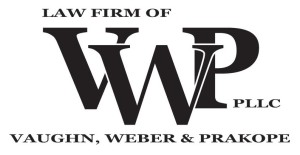Disorderly Conduct – New York Penal Law Section 240.20
In New York, Disorderly Conduct occurs when a person intentionally or recklessly creates a risk of public inconvenience, annoyance or alarm. Disorderly Conduct can be committed several different ways (see statute below). Disorderly conduct is a violation (not a misdemeanor or felony). Disorderly conduct is a common charge in New York. However, it is not always properly charged.
The Disorderly Conduct statute reads as follows:
A person is guilty of disorderly conduct when, with intent to cause public inconvenience, annoyance or alarm, or recklessly creating a risk thereof:
1. He engages in fighting or in violent, tumultuous or threatening behavior; or
2. He makes unreasonable noise; or
3. In a public place, he uses abusive or obscene language, or makes an obscene gesture; or
4. Without lawful authority, he disturbs any lawful assembly or meeting of persons; or
5. He obstructs vehicular or pedestrian traffic; or
6. He congregates with other persons in a public place and refuses to comply with a lawful order of the police to disperse; or
7. He creates a hazardous or physically offensive condition by any act which serves no legitimate purpose.
The NY Court of Appeals, New York’s highest court, has made it clear that evidence of actual or threatened public harm (inconvenience, annoyance, or alarm) is a necessary element of a valid disorderly conduct charge (People v. Baker, 20 N.Y.3d 354, 960 N.Y.S.2d 704, 984 N.E.2d 902 [2013]; People v. Weaver, 16 N.Y.3d 123, 919 N.Y.S.2d 99, 944 N.E.2d 634 [2011] ).
Thus, the state must be able to prove that the defendant either intended to cause public inconvenience, annoyance or alarm or was reckless in creating a risk thereof.






